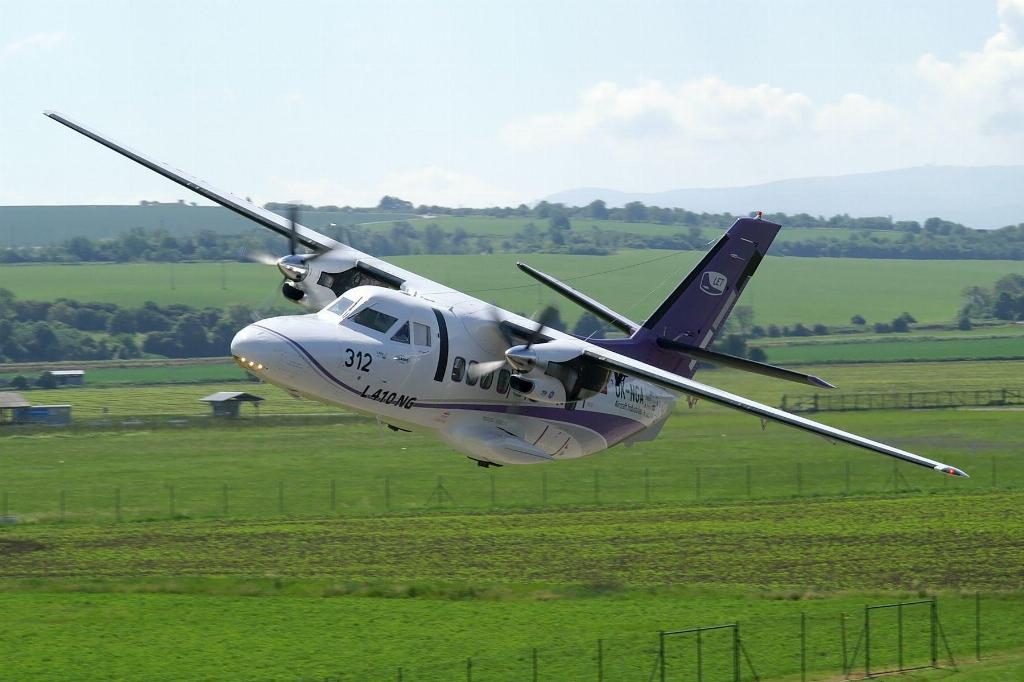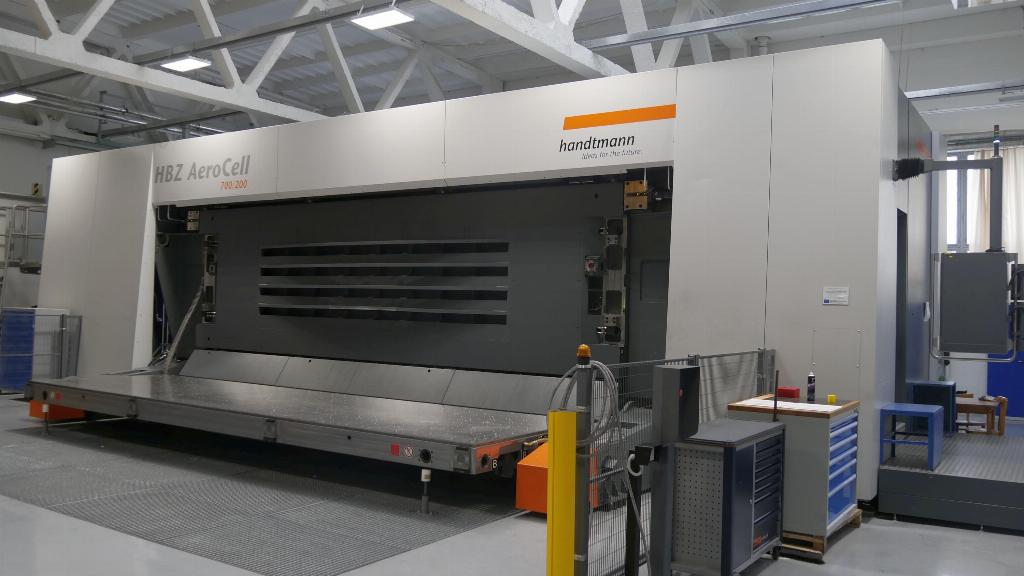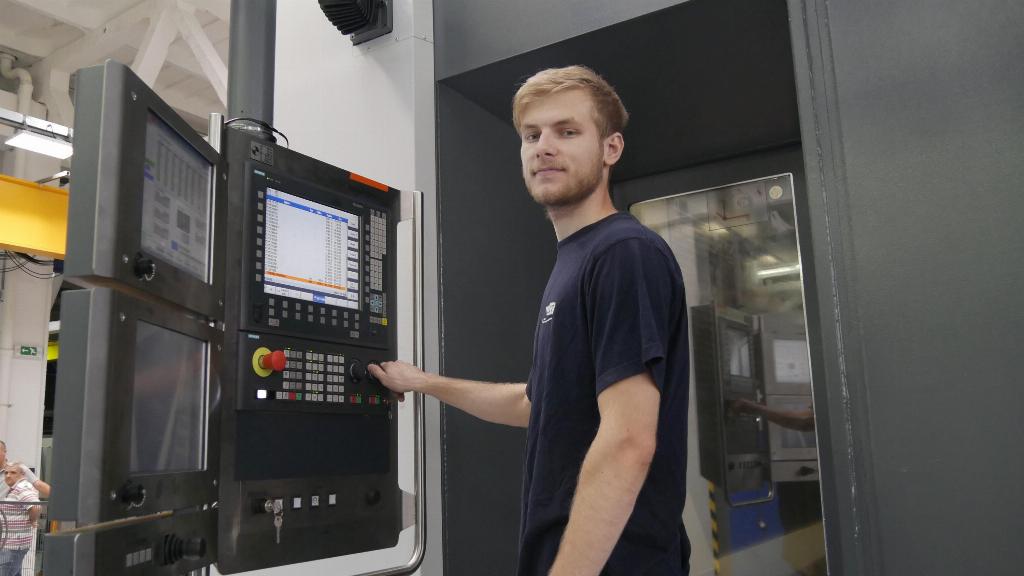One machine – one vision!
Aircraft Industries’ CNC machine tool portfolio includes Handtmann’s HBZ AeroCell as ‘one machine for all large structural parts’. Aerospace Manufacturing hears how the Czech aircraft manufacturer now achieves machining time reductions of up to 50%.
Horizontal 5-axis machining, high spindle power, long-term reliability, a reduced footprint and the flexibility to efficiently machine all its large structural parts on one machine have been the crucial factors which have led to the decision to include a 5-axis horizontal machining centre from the Handtmann HBZ AeroCell series into Aircraft Industries’ extensive production chain.
Aircraft Industries unifies all its production processes under one roof and within one facility. From design, aluminium sheet and roll forming, steel forming, machining, welding, riveting to surface treatment, hardening, painting, measuring, assembly, testing and overhaul: for building their own aircraft – the L410 twin turboprop commuter aircraft – the company is covering the whole process from raw material to the finished aircraft. Handtmann has been selected to be an integral part of this extensive production chain in the Czech Republic and is playing an important role with its horizontal machining centre HBZ AeroCell for the production of the L410 and to subcontract other OEMs and international aircraft programmes.
A perfect fit

“We needed one machine for all big structural parts,” says company NC programmer, Oldřich Zich who has been involved in the buying process from the very beginning. The machine has to cover 20 parts varying in size and type: from small ribs, up to the large wing panel - all milled from one solid aluminium block and building the wing structure. Flexibility and productivity have been the keywords in the buying process.
“The horizontal concept was a prerequisite from the beginning. Aerospace structural parts require maximum material removal when aiming for short cycle times and good surface quality at once. Chip and coolant management as well as tool life are never better than with horizontal machining.”

According to Zich, the construction of the HBZ AeroCell’s long-term stability and reliability was one of the main advantages against competitors’ machines.
“With Handtmann, we felt like having a strategic partner from the beginning,” says Zich. “We still have a good cooperation almost two years after machine installation and an exceptional level of trust.”
He especially highlights instant help with technological questions, short reaction times, service reaction and reliability as well as spare part availability.
<Machining time reductions>
Early 2015, Aircraft Industries started to machine all their structural parts on the Handtmann HBZ AeroCell. The machine’s utilisation will increase with start of serial production of the L 410 NG, but despite of this enough capacity for subcontracted deliveries will remain. Currently getting prepared for the serial production Aircraft Industries can already prove some impressive decrease in machining times compared to various 5-axis vertical machining centres.
Machining time of bogie beams (size: approx. 3,300 x 200mm) not only decreased about 50% from 40 hours to 20 hours, but also the number of following operations could be reduced; for the bottom wing panel (size: approx. 6,300 x 1,000mm), Aircraft Industries reached a significant decrease of machining time from 100 hours to 30 hours with the HBZ AeroCell. Machining time of the upper wing panel (size: approx. 3,300 x 1,200mm) decreased from 80 hours to 25 hours whereas the machining time for the segment fuselage with a length of almost 2,000mm decreased by approx. 45% to 9 hours and reduced following operations as well. These machining times clearly prove the success of the HBZ AeroCell concept.
A machine operator’s view

Aircraft Industries says its vision is to become a valued partner to the top aerospace industry players.
“We will continue investing in new technologies to keep on track with other aircraft manufacturers and suppliers to be able to always offer the best quality not only as final aircraft producer but also as sub-deliverer,” notes commercial director, Robert Erhart.
With its strategy of not buying any milled parts, but to keep the production of milled parts completely in-house, Aircraft Industries will invest in more machinery. As a result, the company is considering the Handtmann PBZ HD profile machining centre and HBZ Trunnion horizontal machining centre with NC-rotary swivel table for complete machining of complex small parts in one clamping.
“With the Handtmann HBZ AeroCell we got ourselves prepared for future growth,” Erhart concludes. “Especially with our L 410 New Generation, production will increase and so has our production capacity already. With Handtmann we have found a reliable partner to do so.”
www.handtmann.de/en/machining-centres











